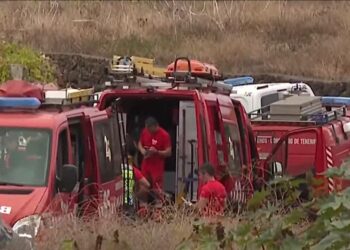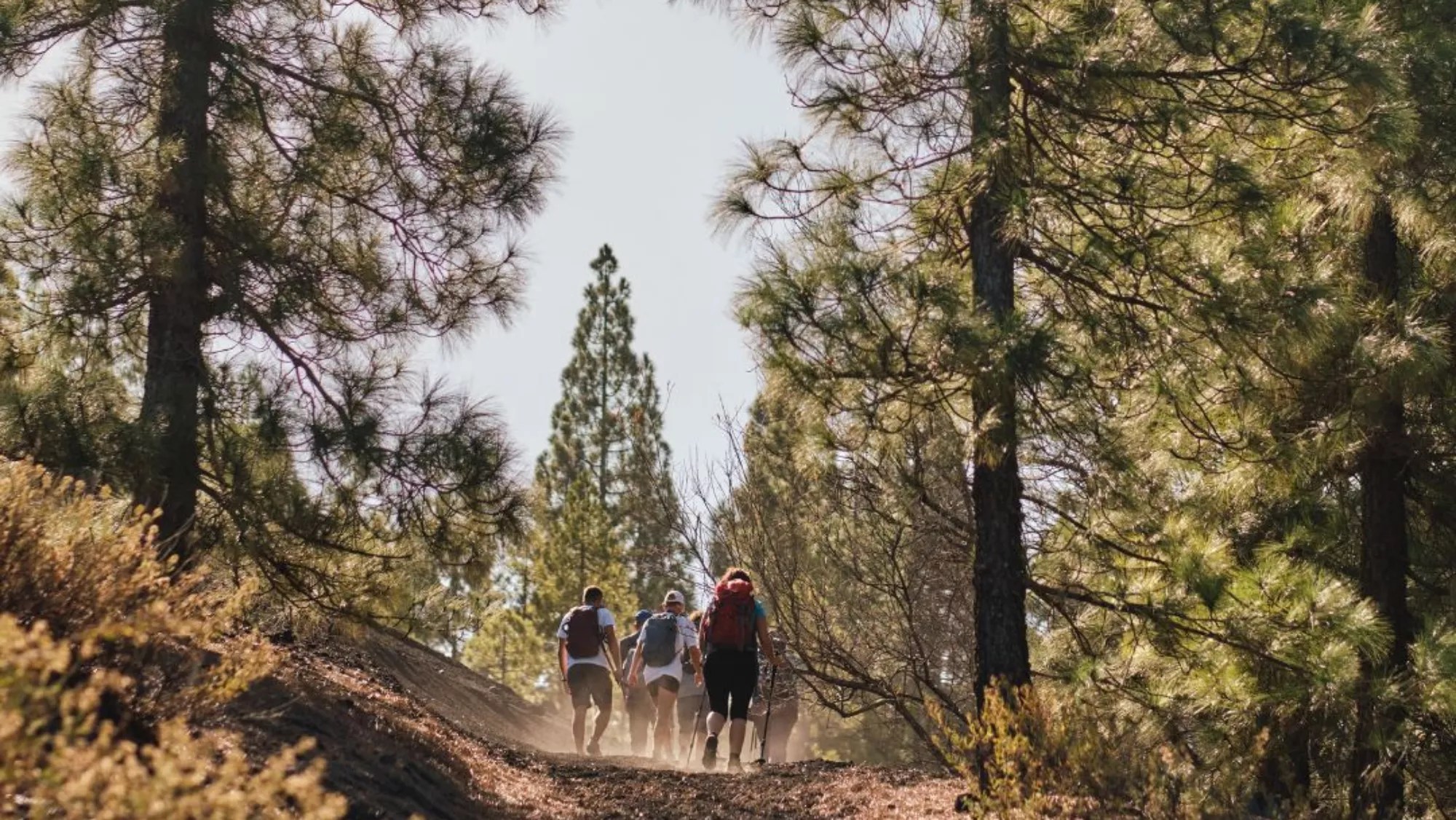The monument honouring Teobaldo Power, located in the Plaza de los Canarios in Santa Cruz de Tenerife, directly opposite the institute named after him, was crafted from whitish artificial stone by the sculptor Enrique Cejas Zaldivar. The structure features a central sculpture of Power on a pedestal, accompanied by rectangular prisms each showcasing low female figures representing scenes drawn from his musical repertoire, including one depicting the rod.
Teobaldo Power y Lugo-Viña (Santa Cruz de Tenerife, 1848 – Madrid, 1884).
A prodigy of music, he performed various piano pieces at the young age of nine during an artistic evening in the capital. The subsequent year, he made his debut at the Municipal Theatre of Santa Cruz de Tenerife, where he presented a small composition along with several themes from different music instructors.
When his family relocated to Barcelona due to his father’s assignment with the Provincial Council, he commenced studies in harmony and composition under the esteemed Master Gabriel Balart, leading to a concert in Madrid for the professors of the National School of Music and Declamation, which garnered him acclaim from the audience and the specialist press.
At just 14 years of age, the Catalan Provincial Council awarded him a scholarship to further his studies at the Imperial Conservatory of Music and Declamation in Paris. Over four years, he received rigorous musical training from distinguished teachers in harmony, composition, piano, counterpoint, and fugue, excelling in all areas. Following his education in Paris, at merely 18, he was employed in Havana (Cuba), where he spent three years before returning to Paris to lead an opera company, with which he toured France.
The subsequent year, he returned to Madrid and engaged in eight years of intense musical activity as a pianist in Cafés El Prado and the Imperial. This period significantly benefited his musical career, as he was invited to perform concerts in the conservatories of Madrid and Paris.
This tumultuous bohemian lifestyle, while fruitful for his artistry and creativity, ultimately took a toll on his health, culminating in a lung condition as he approached the age of 30.
Once his health improved, he resumed giving concerts in Lisbon and Malaga, where he felt rejuvenated from his illness and subsequently returned to Tenerife, settling in a residence on the road to Las Mercedes (No. 242), where the clean, crisp air of the mountains aided in healing his lungs damaged by his hectic lifestyle.
In this pastoral setting, encouraged by his friend Elías Zerolo, he began to explore the couplets sung by peasants during their daily tasks. This led to the creation of the Canarian songs, a beautiful musical composition, cultured and symphonic, enriched with diverse instrumentation, incorporating folkloric melodies such as folia, malagueña, isa, tanganillo, and tajaraste; tunes that evoke the essence of the land and awaken memories of the lullabies, such as ‘arroró,’ that our mothers used to soothe us to sleep. A variation of ‘arroró’ serves as the official anthem of the Canary Islands.
The Canarian songs were magnificently showcased on August 5, 1880, during the opening of the Santa Cecilia Philharmonic Society headquarters, now the home of the Canary Islands Parliament. The orchestra was directed by Teobaldo Power himself.
In April 1882, feeling revitalised, he returned to the Peninsula to perform in Granada, Córdoba, and Malaga, where he was appointed professor at the conservatory. By October of that year, he triumphed over eleven prestigious candidates to secure the position of Piano Professor at the Madrid Conservatory, also obtaining the second organist role at the Royal Chapel.
Just two years later, as he stood on the brink of his career – his reputation firmly established as a composer, performer, and educator – his students achieved top accolades, publishers released his compositions, and orchestras premiered his symphonic works. Tragically, his lung condition worsened, and he passed away on May 16, 1884, in his home on La Rhea Street at the age of 36.
His death left a profound sorrow throughout Madrid. His casket was borne by his students and colleagues from his residence to the National School of Music, where it was displayed amidst a multitude of floral tributes. The procession continued to the San Lorenzo and San José sacramental cemetery located in Carabanchel.
Thirty-nine years after his death, the Madrid City Council permitted the transfer of his remains to Santa Cruz de Tenerife. On May 25, 1923, at nine in the morning, the coffin docked at the island’s port, met by civil, military, and ecclesiastical dignitaries, organisations, institutions, and an extensive crowd of spectators.
The first stop of the funeral cortège took place in Plaza de la Candelaria, before the building of his birthplace, where the municipal band played the Canarian songs. The procession then continued along Alfonso XIII (Castillo), Valentín Sanz, and Pérez Galdós streets, reaching the Provincial Council – now the Canary Islands Parliament – where a solemn ceremony was held. From there, he was taken to the parish of Our Lady of La Concepción for a Christian burial in the Chapel of Santiago.
Reports from Madrid newspapers noted that upon exhuming his body, his hair and beard remained intact, and he was clad in a tailcoat, white shirt, and patent leather shoes.
















